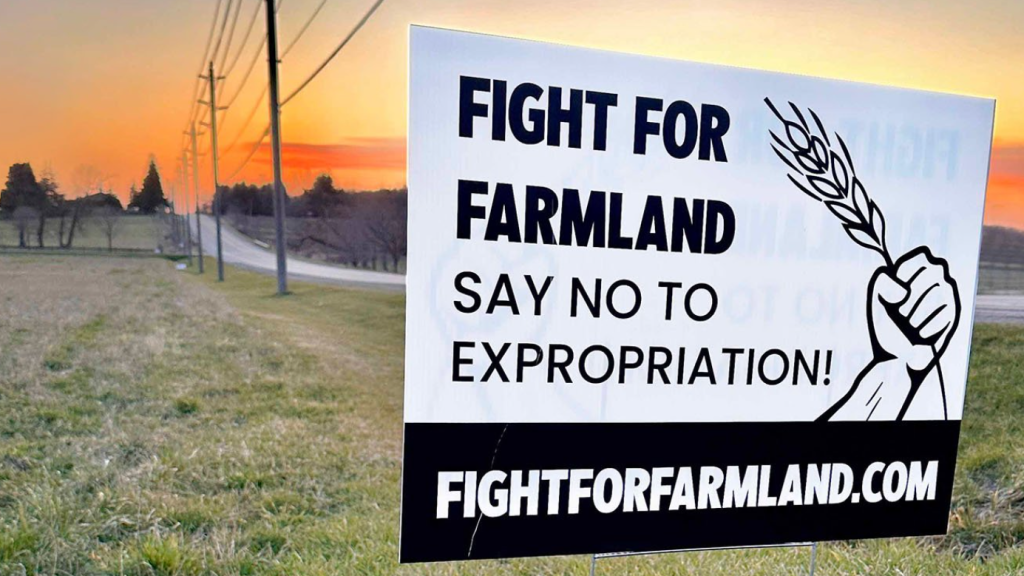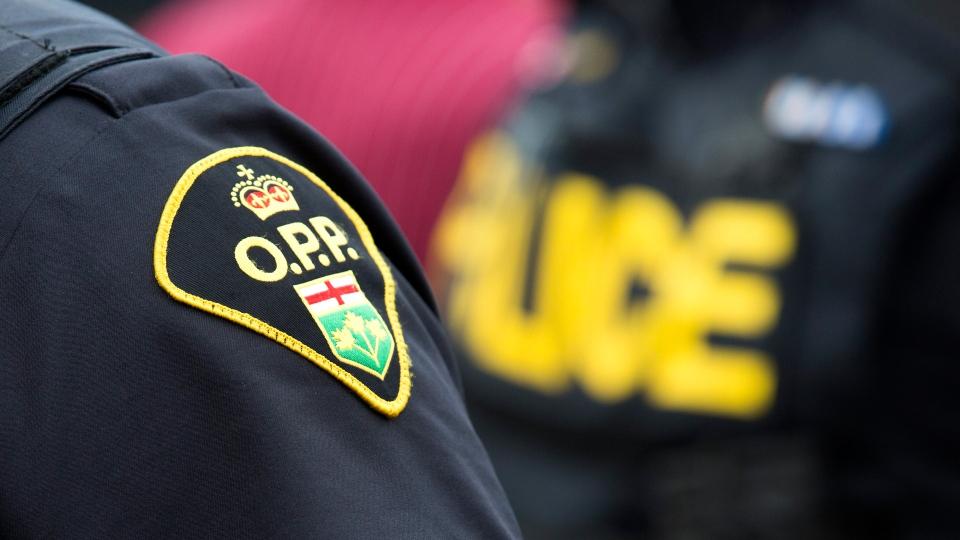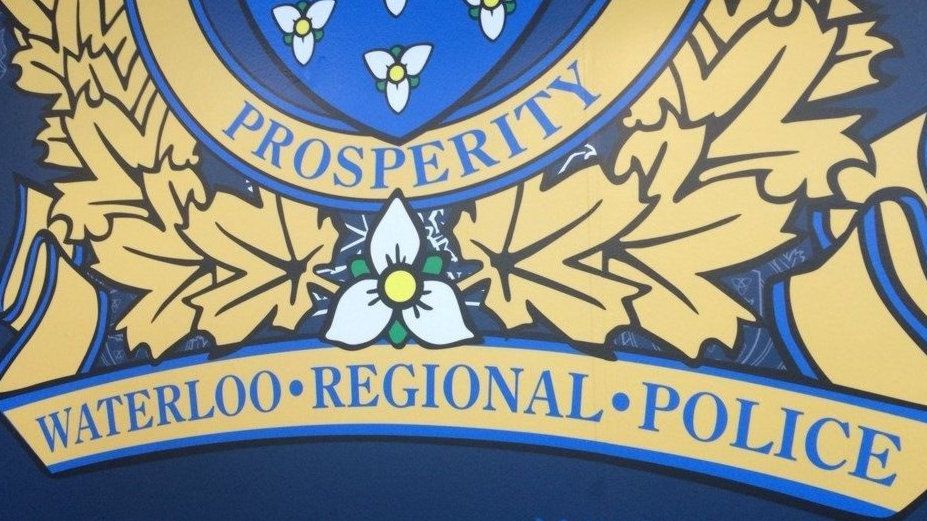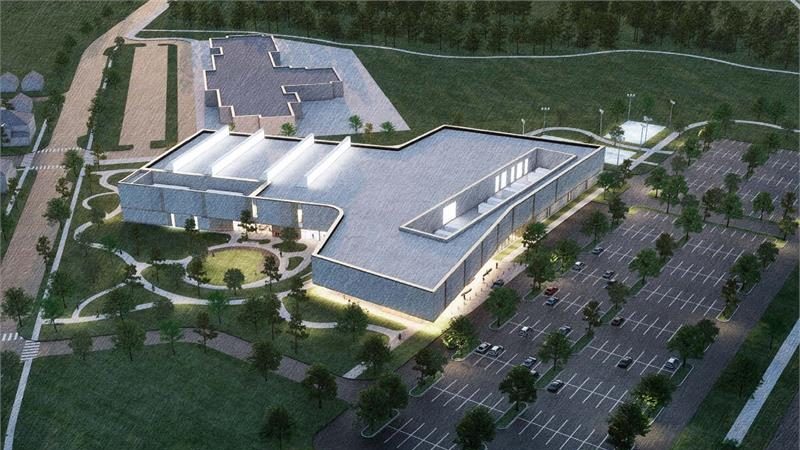Local organization helping refugees with community-based approach
Posted Apr 8, 2022 05:58:30 PM.
The Government of Canada typically resettles people deemed in need of protection due to things like country-wide conflict. But what about those who aren’t covered by government support?
That’s where the COMPASS Refugee Centre comes in. Since 1987, COMPASS has been offering free assistance to professionals making refugee claims. “Working to ensure that “every person seeking refuge has unhindered access to justice and opportunity to thrive in welcoming communities.”
“In 1987, there was a lot of trouble in Nicaragua and other Central American countries,” said Compass Executive Director, Shelley Campagnola. “Many people were coming north to try to escape. Some Mennonite churches got involved in helping them navigate their refugee claims and settle in the community.”
Through these efforts, they formed the Mennonite Coalition for Refugee Support, which eventually became known as the COMPASS Refugee Centre as support expanded beyond just the Mennonite Church.
“We rely totally on the support of our community,” she said. “We want to be supported by the community because we believe when people want you here, you have a better chance of success. So if the community is showing they want you here, then you're going to be welcomed.”
That first year, they supported around 57 people. Their capacity to help has grown significantly since then. Last year alone, they helped over 1900 refugees.
They provide three different types of services: assist, accompany, and advocate. The assist program focuses on helping them navigate the refugee claim process.
“Because everything is in English, and most people don’t understand English when they get here, [and] there are a lot of documents, it’s a complicated process to work through,” she said.
Their accompany program involves helping individuals get settled in the community, “toward hopefully being integrated and having a sense of belonging.”
Whereas with their advocacy program, they speak up about the barriers refugees face and consider what policy changes need to be made, or how to help the public better understand the work they do.
“The group of people that we help are very different from, say, the people that are maybe going to be coming from Ukraine or Afghanistan, or the people who came from Syria a few years ago. Those were all government assisted refugees dealing with a country-wide crisis,” she said.
In those instances, people from all walks of life are affected and seeking refuge. The government works with the United Nations to determine who is most at risk, and who they can help.
The people COMPASS helps are those left out of that category: people who are personally targeted because of things like corruption and extortion. They tend to be lawyers, teachers, judges, politicians, diplomats, humanitarian workers, and community leaders who were making a difference and garnered negative attention because of it.
They become targeted, experiencing imprisonment, loss of family members, or threats to their well-being.
“And there are no refugee camps for them,” Campagnola said. “They're just trying to get safe, and they will travel to where they think people will listen to their story, and give them a chance to prove that they need protection. And hopefully get that protection.”
They support people from 69 different countries; some of the primary countries include Columbia, Turkey and Eritrea.
People who make refugee claims in Canada have to undergo an eligibility hearing, which is normally done right at the border.
“Right now, people have to wait until August or September to have that hearing, which determines whether they’re even allowed to make a claim. And until they have that hearing and are approved, they have access to nothing. It’s as if they don’t exist,” she said.
This means they’re left in limbo for months, unable to work or get social assistance.
Once they are approved, they become a protected person, and can begin the permanent residency process — which also includes family reunification. Refugees are often forced to leave family members behind. Campagnola says the reunification process averages 38 months right now.
“That’s over three years. So if you have a child, and you’ve already been through this long, complicated process, and are established as needing protection (a process that can take from two to five years), you have to wait another three years to get your child here. That's not okay.”
So, one of the many things COMPASS advocates for is to speed up the process.
Campagnola says she remembers pictures that surfaced a few years ago of refugees crossing the border, who had nice teeth, suitcases, cell phones, etc.
“And there was this sense that they didn’t look like refugees. Well, what does a refugee look like?” She said, adding that just because they don’t look like the shell-shocked picture we expect doesn’t mean they are in any less need of refuge.
A common misconception is that refugees come here to take advantage of the system.
“But when you look at the system, for example, they’ll be on Ontario Works until they get their work permit. That gives them $733 a month to live on.”
And often, their professional experience from their home country won’t be recognized here, leaving them with no choice but to take the jobs people here typically don’t want, she says.
Though the refugees coming in from Ukraine are not typically the type they assist, she says they have been keeping tabs on the situation, doing “a lot of listening and learning,” because it is a new program, focused on relocation rather than resettlement. Essentially, she says the government expects people will return to their homes when it is safe to do so.
But she says they have been advising community leaders “to help them understand what’s happening, and how they can best help,” adding that they should be prepared to help them for at least two years.
“So we're just doing a lot of educating around it right now,” she said. There is a large Ukrainian population in the region already. But, she added that if people do come and don’t have connections here, they are ready to help.”










